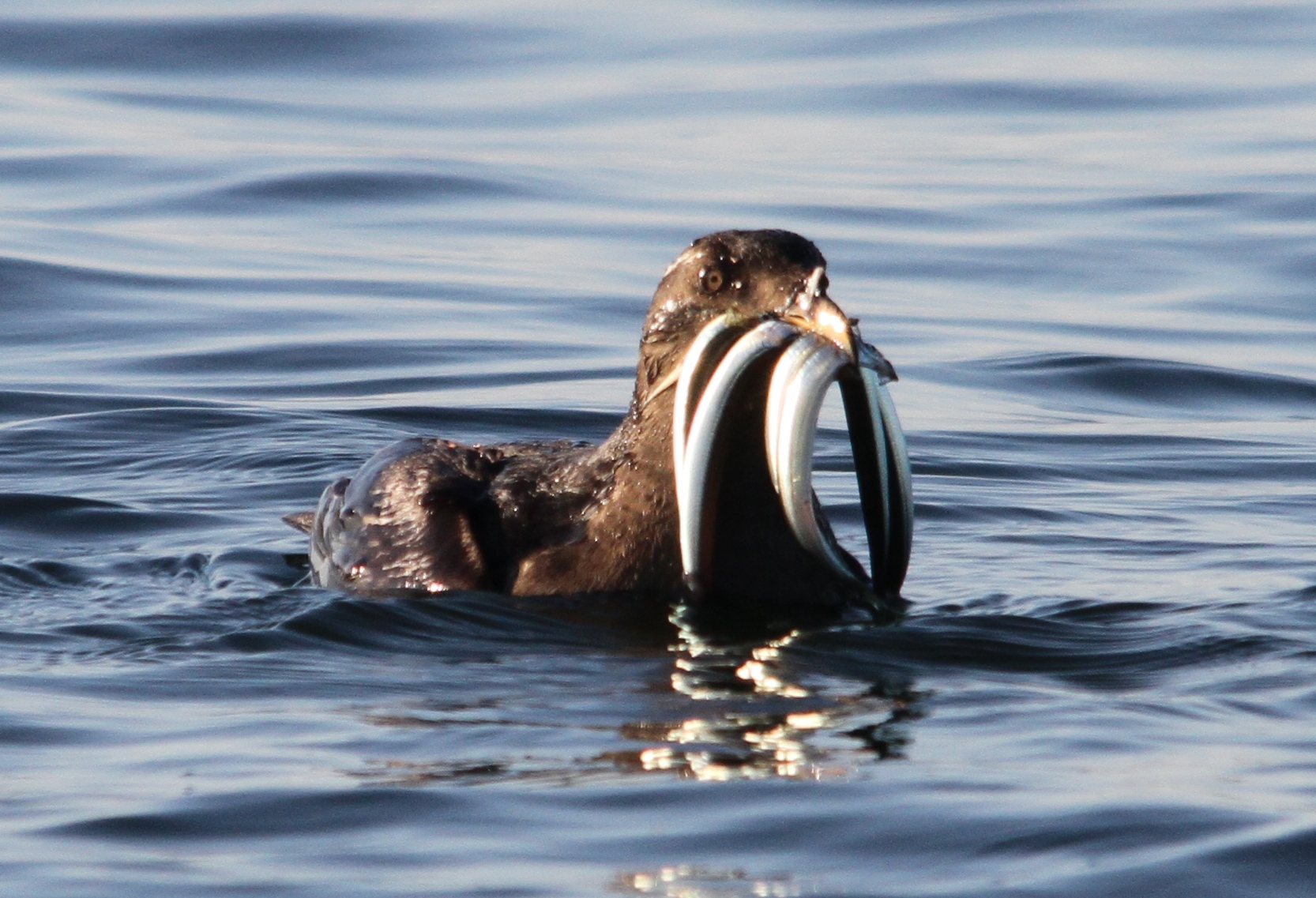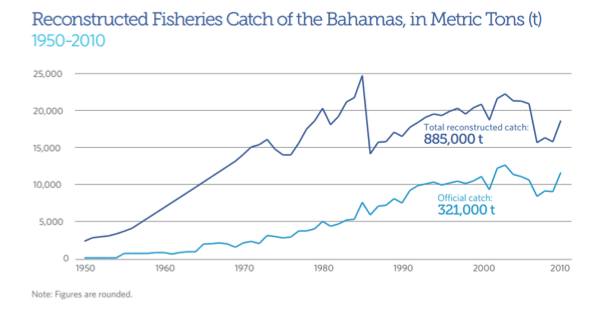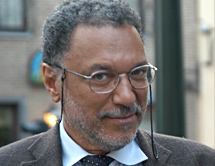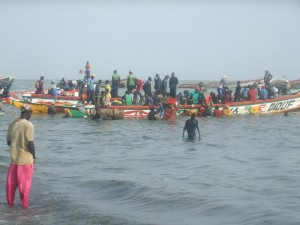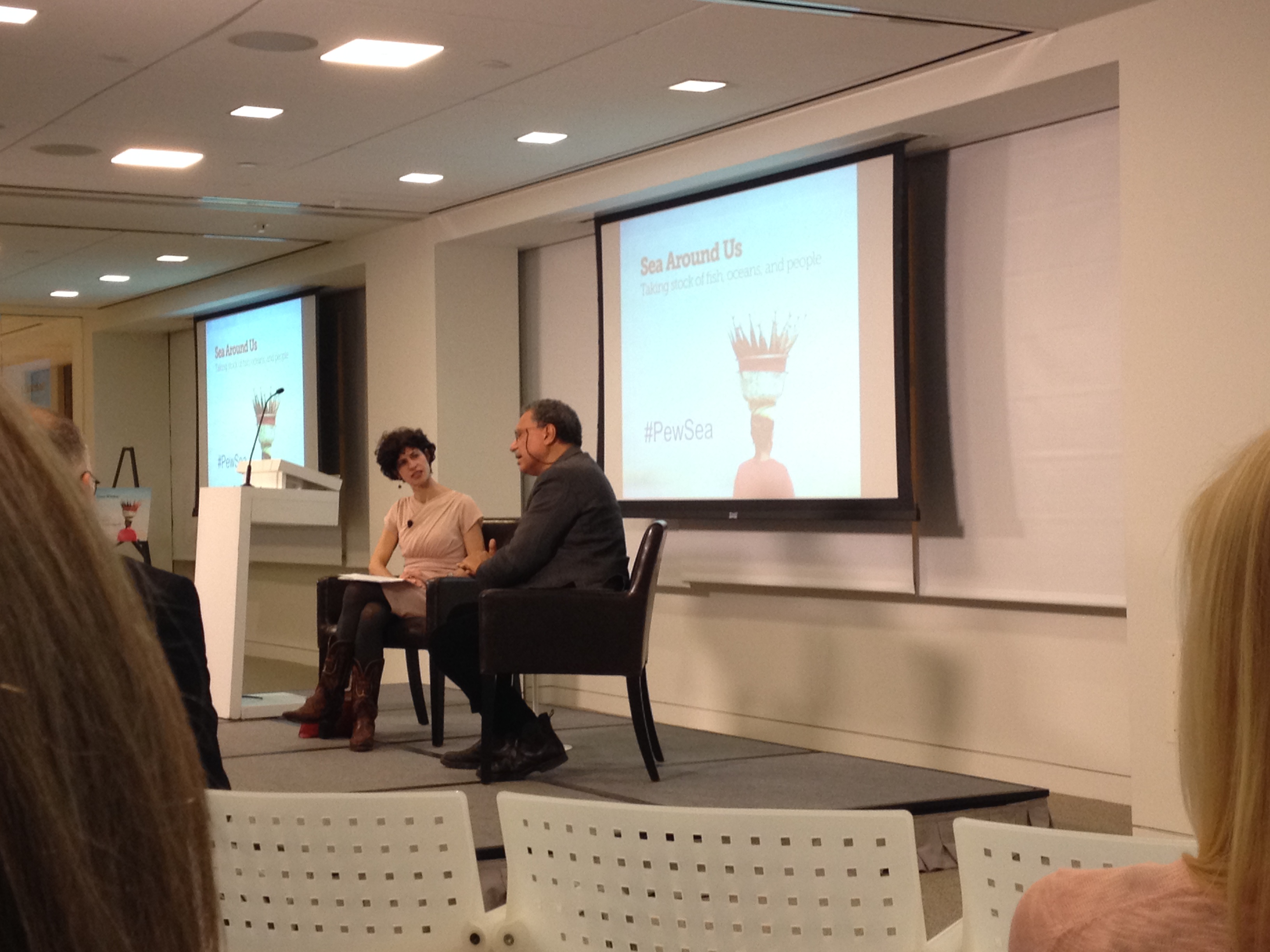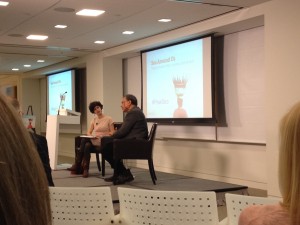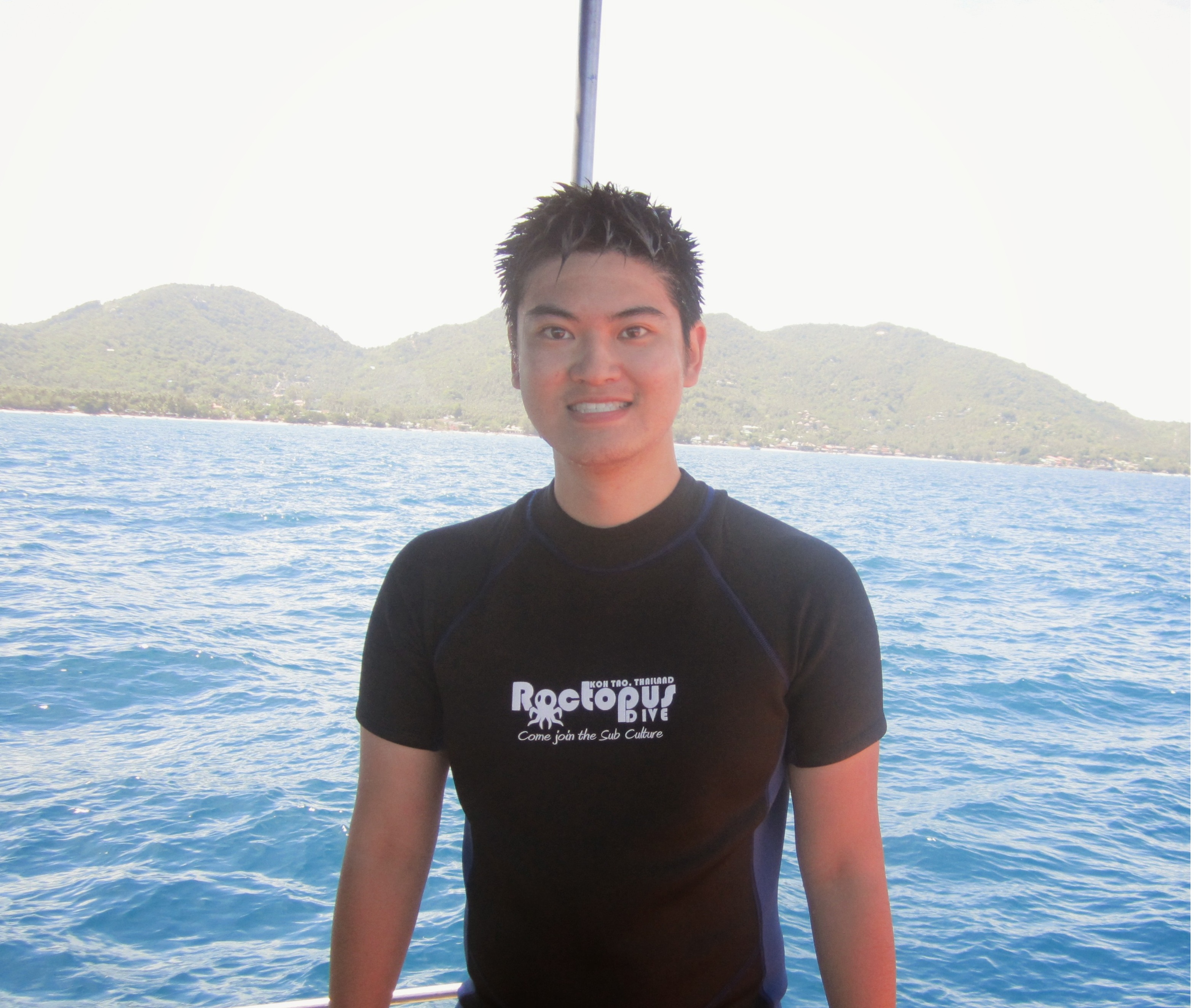 Gordon Tsui has joined the Sea Around Us as a Research Assistant. Gordon grew up in the historical fishing village of Steveston in Richmond. Being surrounded by the local fishermen and fish markets, he became fascinated by fisheries and the environment. He completed his undergraduate degree with a B.Sc. in Environmental Science at UBC in 2014. Having volunteered for the Sea Around Us during his degree, he is happy to continue his time at the Sea Around Us after his graduation. He hopes to continue to learn about fisheries and their impacts for countries around the world. In his spare time, Gordon enjoys traveling and outdoor activities such as hiking and scuba diving.
Gordon Tsui has joined the Sea Around Us as a Research Assistant. Gordon grew up in the historical fishing village of Steveston in Richmond. Being surrounded by the local fishermen and fish markets, he became fascinated by fisheries and the environment. He completed his undergraduate degree with a B.Sc. in Environmental Science at UBC in 2014. Having volunteered for the Sea Around Us during his degree, he is happy to continue his time at the Sea Around Us after his graduation. He hopes to continue to learn about fisheries and their impacts for countries around the world. In his spare time, Gordon enjoys traveling and outdoor activities such as hiking and scuba diving.
New research reveals population trends for world seabirds
New Sea Around Us research has found drastic decline in the monitored portion of the global seabird population.
The paper, published in PLoS ONE, reports that the monitored portion of the global seabird population decreased overall by 69.7 per cent between 1950 and 2010.
According to Michelle Paleczny, a lead author of the paper, and recent graduate of the zoology program at UBC, these findings likely reflect a global trend because of the large and representative sample. A decline this drastic can cause changes in island and marine ecosystems in which seabirds play a variety of vital roles.
“Decline in seabird abundance stands to disrupt natural processes in island and marine ecosystems in which seabirds play an important role — by acting as predators, scavengers, cross-ecosystem nutrient subsidizers, and ecosystem engineers,” Paleczny says.
In order to investigate global patterns of seabird population data, the researchers assembled a global database of seabird population size records and applied multivariate autoregressive state-space (MARSS) modeling to estimate the global path of all seabird populations with sufficient data. They obtained data from primary sources including journal articles, books, and unpublished reports.
Several human activities are known to threaten seabird populations, including entanglement in fishing gear, overfishing of food sources, climate change, pollution, disturbance, direct exploitation, development, energy production, and introduced species. Seabird populations are strongly affected by threats to marine and coastal ecosystems, and can indicate the status of marine ecosystem health.
“Knowing this information helps us to measure and assess the overall effect that human activities and threats have had on seabirds and marine ecosystems over time,” Paleczny explains.
You can read the full report here
Recreational fishing accounts for half of all fish caught in The Bahamas
By: The PEW Charitable Trusts
Tourist fishing is big business in The Bahamas, but exactly how big was not known until now.
Scientists with the Sea Around Us— a scientific initiative at the University of British Columbia supported by The Paul G. Allen Family Foundation and The Pew Charitable Trusts—conducted a catch reconstruction, reviewing a range of data sources to estimate unreported catch. They found that recreational anglers landed about 8,000 metric tons a year over the past 60 years—approximately half of all fish caught in the country. This more accurate estimate may allow the government to better protect the local food supply.
“We depend heavily on tourism, but it can be a double-edged sword,” says Nicola Smith, a marine ecologist from Nassau and a doctoral candidate at Simon Fraser University in British Columbia. “You could get into serious ethical issues if the majority of the natural resource needed for sustenance is diverted for tourism and not being closely monitored.”
In The Bahamas, no one is keeping regular count of all the fish that tourists catch at sea or eat in restaurants. The government tracks only large-scale commercial catch, a common practice in many countries because commercial fishing is often considered more important to the local and national economies and because small-scale operations can be difficult to monitor. This limitation largely excludes categories such as artisanal, recreational, subsistence, and illegal fishing, as well as discards—fish that are caught and thrown away—and masks the true extent of fishing worldwide.
“The government is not systematically counting any of it, despite its importance for tourism,” Smith says. “The legislation to monitor and regulate recreational fishing has lagged behind the advertising.”
As the lead author of the Sea Around Us study, co-authored by Dirk Zeller of UBC, Smith is looking at the bigger picture. Her analysis worked to “reconstruct” the catch by all fisheries sectors in The Bahamas from 1950 through 2010 as part of a global project focused on identifying total fish catch, including previously uncounted data from many countries and spanning several decades.
Catch reconstruction is based on the idea that some catch information exists outside official fishery statistics and that it can be pulled together to produce a more complete picture of the catch. In the case of The Bahamas, Smith estimated catch by subsistence fishers using population data and a conservative assumption of per-capita consumption. She estimated how much fish the tourists were landing by combining catch limits with data from government tourism surveys.
Another category of catch proved especially difficult to estimate: small-scale commercial fishing. Fishermen in this sector sell much of their catch directly to restaurants rather than to processing plants, which are monitored by the government. Smith interviewed fishers and hotel purchasing managers and found that it was common for artisanal fishers to moor at a dock to sell fish directly to a hotel restaurant. It remains unclear what proportion of the country’s entire catch can be attributed to this practice. For this study, the researchers conducted a survey to estimate per-visitor fish consumption, then calculated total catch using hotel room occupancy data.
What’s the catch?
The reconstruction showed that the total catch in the past six decades was about 885,000 metric tons, more than double the official estimate of 321,000 metric tons. The research also produced more detailed estimates of catch for artisanal, recreational, and subsistence fishing (see details in this PDF) .
This information could be useful for managers as they monitor the country’s fisheries and try to ensure that tourists and residents have fish to eat. More results from catch reconstruction, including global catch estimates, will be available later in 2015.
New data on reported and unreported marine catches now available online
Researchers with UBC’s Sea Around Us project have launched a new web platform at www.seaaroundus.org that provides the first comprehensive coverage of both reported and unreported fish caught by every country in the world.
It reveals that official catch reports considerably underestimate actual catches around the world. For example, researchers found there was considerable unreported foreign fishing between 1950 and the early 1970s on Canada’s East coast. In fact, more than half of fish caught were unreported at one point. Much of this ‘catch’ consisted of so-called discards.
UBC professor Daniel Pauly and Dirk Zeller plan to publish a global estimate of fisheries catch in a peer-reviewed paper.
“The new Sea Around Us data have significant global scope and are long awaited by many groups worldwide,” said Zeller, senior researcher and project manager for Sea Around Us. “Accurate estimates are important for policy makers and fisheries managers to make economical and sustainable decisions about our fishing policies and fisheries management.”
The new data combine estimates of unreported catches — determined through extensive literature searches, consultation with local experts, and calculation of discarded fish — with officially reported data for small and large-scale fisheries for every country. The data emerged from a decade-long catch reconstruction project.
“We know these data will have major global impacts and now they are accessible in a visual, simplified and comprehensive way,” Pauly said.
Accurate catch data provide important insights into fisheries, fish populations and underlying ecosystems, and such data can have economic impacts.
The Sea Around Us is currently funded by The Paul G. Allen Family Foundation. This is the first time the project has released new data in over five years. It can be accessed at www.seaaroundus.org
BACKGROUND
About UBC’S Sea Around Us
The Sea Around Us was initiated in 1999, and aims to provide integrated analyses of the impacts of fisheries on marine ecosystems, and to devise policies that can mitigate and reverse harmful trends while ensuring the social and economic benefits of sustainable fisheries. Sea Around Us has assembled global databases of catches, distributions of fished marine species, countries’ fishing access agreements, ex-vessel prices, marine protected areas and other data – all available online.
Sea Around Us is a long-standing collaboration between the University of British
Columbia and The Pew Charitable Trusts, and since 2014 is supported by The Paul G. Allen Family Foundation.
About The Paul G. Allen Family Foundation
Founded in 1988, the Paul G. Allen Family Foundation is dedicated to transforming lives and strengthening communities by fostering innovation, creating knowledge and promoting social progress. The Sea Around Us program is another example of how the Foundation supports the use data and technology to inform conservation priorities and actions.
View this press release on UBC News here
Daniel Pauly wins prestigious Peter Benchley Ocean Award
The Sea Around Us’ principal investigator Daniel Pauly is a winner of the prestigious Peter Benchley Ocean Award for “Excellence in Science.”
Pauly accepted the award on May 14 at the eighth annual awards ceremony at the Carnegie Institution of Science in Washington D.C.
The awards team noted Pauly has become a world leader in identifying overfishing as a threat to marine ecosystems and global food security — and that he’s an outspoken advocate for taking corrective action.
“Since I am a marine biologist and fisheries scientist, this means that throughout my career, I have tried to create concepts, models, software and databases that enable colleagues to do their work more effectively,” Pauly said in his acceptance speech.
The Peter Benchley Ocean Awards acknowledge outstanding achievement, and the only major awards program dedicated to recognizing excellence in marine conservation solutions across a wide range of sectors.
Other winners this year included The Economist, Secretary of State John Kerry, and Prince Albert II of Monaco.
Sea Around Us collaborates with West Africa on catch reconstructions
Sea Around Us recently announced its collaboration with West African countries on catch reconstructions through the West African Regional Marine and Coastal Conservation Partnership (PRCM).
Daniel Pauly, principal investigator of the Sea Around Us, said his team is keen to work with stakeholders in the coastal zone in the order to ensure catch reconstruction data is accurate.
“We want to ensure our data reflects reality,” Pauly said. “In order for this to be successful, there needs to be a joint effort with all stakeholders.”
Other reasons behind the collaboration are to help formulate policies, to assist in the design of fisheries data acquisition schemes that can be implemented locally, and to facilitate research partnerships.
For more information click here
Senegal’s missing fish: What reconstructing fish catch can teach us about our oceans
By: The Pew Charitable Trusts
Industrial fishing is big business. Official global statistics show that approximately 80 million tonnes of marine fish are caught commercially each year. Scientists, as they uncover the extent of small-scale fishing, now believe this amount may actually be much larger.
Fisheries scientists have long recognized the importance of thorough, accurate catch data in understanding the pressures on target species. However, most countries currently focus their data collection efforts on industrial fishing, in part because it can be difficult to count small-scale operations. This largely overlooks artisanal and subsistence fishing, not to mention discarded fish and illegal fishing, which also mask the total extent of fishing worldwide.
One promising approach to better understanding the big picture of fishing around the world is “catch reconstruction,” which offers catch estimates using an array of sources and methods. This concept was developed by the Sea Around Us, a partnership between The Pew Charitable Trusts and the University of British Columbia.
“It’s like putting together a 500-piece puzzle to get a more complete picture of a fishery’s catch data,” said Daniel Pauly, principal investigator for Sea Around Us and professor at the University of British Columbia. “Over time, the estimates reveal themselves and you have data where once there were none.”
These estimates are not a substitute for the global data reported by countries to the U.N. Food and Agriculture Organization (FAO). Rather, they are a supplement that can indicate important trends and provide guidance on how best to improve data collection.
The danger in underreporting fish catch is that country officials don’t have access to the data needed to help them manage their fisheries effectively, including the ability to set accurate fishing quotas.
“It’s like managing your bank account,” said Pauly. “You have to know how much you have left before you can withdraw more. In some developing countries, the actual total catch can be 200 percent higher than what is being reported.”
In Senegal, on the west coast of Africa, small-scale fishing accounts for most of the domestic fish catch in the country. Staying focused on industrial fishing paints an incomplete picture of fish catch for FAO. For example, the official data indicate the catch has been steady since about 1995, but the reconstructed data suggest it is decreasing.
VIDEO – Reconstructing the Catch
After the reconstruction was completed in Senegal, government officials met with Sea Around Us scientists to discuss ways to update their reporting and account for previously missing data. With a clearer picture of their fisheries activities, officials may be able to improve management, for example by excluding foreign fishing vessels that might be affecting artisanal fisheries.
A global catch reconstruction will be completed in early 2015, with estimates from 1950 to 2010 broken down by year and type of fish for more than 250 countries and territories. This research is led by the Sea Around Us project of the University of British Columbia and supported by The Pew Charitable Trusts.
For more information about catch reconstruction, visit “Sea Around Us: Taking Stock of Fish, Oceans, and People,” which details a December 15, 2014 interview with Daniel Pauly.
Daniel Pauly talks to Juliet Eilperin about the future of oceans and fisheries
On December 15, in Washington D.C., The Pew Charitable Trusts hosted a conversation between Sea Around Us’ Daniel Pauly and Juliet Eilperin, a White House correspondent for The Washington Post. The event marked a 15-year partnership between Pew and Sea Around Us.
Before her role as White House correspondent, Eilperin spent eight years as the national reporter for environmental science, policy and politics. At the event, she talked to Pauly about his research, and his contributions to science, and his critical approach to the exploitation of fisheries across the globe.
After his conversation with Eilperin, Pauly took questions from audience members about academic fisheries research, aquaculture and warming oceans.
If you missed the event, you can watch a the full video here
Dayna Szule – Finance Clerk
 As the Finance Clerk for the Sea Around Us, Dayna’s role includes setting up project grants, reconciling monthly ledgers, monitoring all grant expenditures and preparing external and internal financial grant reports. Previously with the UBC Botanical Garden, Dayna joined the Sea Around Us in July 2014 to focus and develop a financial skill set within the University. In her spare time, she can be found identifying plant species in a forest somewhere or playing golf or football.
As the Finance Clerk for the Sea Around Us, Dayna’s role includes setting up project grants, reconciling monthly ledgers, monitoring all grant expenditures and preparing external and internal financial grant reports. Previously with the UBC Botanical Garden, Dayna joined the Sea Around Us in July 2014 to focus and develop a financial skill set within the University. In her spare time, she can be found identifying plant species in a forest somewhere or playing golf or football.
Maria Ho – Administrative Assistant
 Maria joined the Sea Around Us in 2014, and coordinates schedules, travels, project activities and provides administrative support to Dr. Daniel Pauly and Dr. Dirk Zeller.
Maria joined the Sea Around Us in 2014, and coordinates schedules, travels, project activities and provides administrative support to Dr. Daniel Pauly and Dr. Dirk Zeller.
Maria has worked for the Faculty of Medicine at BC Children’s Hospital for about 10 years, and prior to that, for the UBC Sauder of School of Business and UBC ITServices. She is passionate about topics related to the environment, international fishing practices and salmon-farming. In her spare time, she is an accomplished musician, performer and recording artist who also loves photography, graphic design, traveling and physical fitness.


